Ta Prohm temple — Photo
L
2000 × 1334JPG6.67 × 4.45" • 300 dpiStandard License
XL
2500 × 1667JPG8.33 × 5.56" • 300 dpiStandard License
super
5000 × 3334JPG16.67 × 11.11" • 300 dpiStandard License
EL
2500 × 1667JPG8.33 × 5.56" • 300 dpiExtended License
Architecture details and reliefs at Ta Prohm temple, Angkor, Siem Reap, Cambodia. Ta Prohm was built in the Bayon style in the late 12th and early 13th centuries and originally called Rajavihara. UNESCO inscribed Ta Prohm on the World Heritage Siteli
— Photo by ajlber- Authorajlber

- 67402137
- Find Similar Images
- 4.5
Stock Image Keywords:
Same Series:
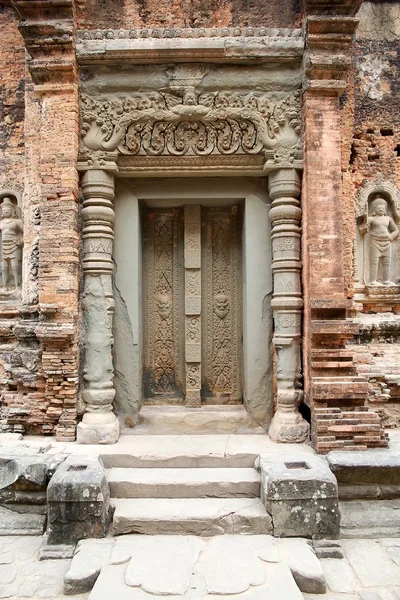

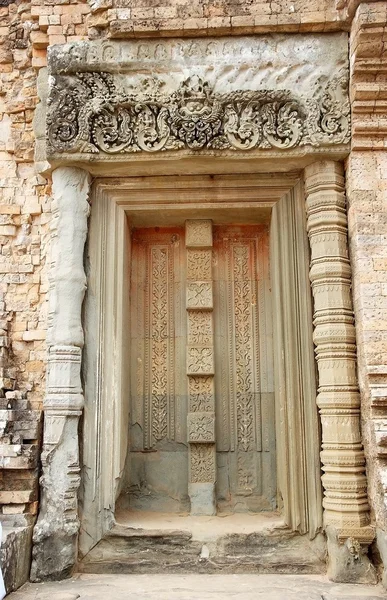
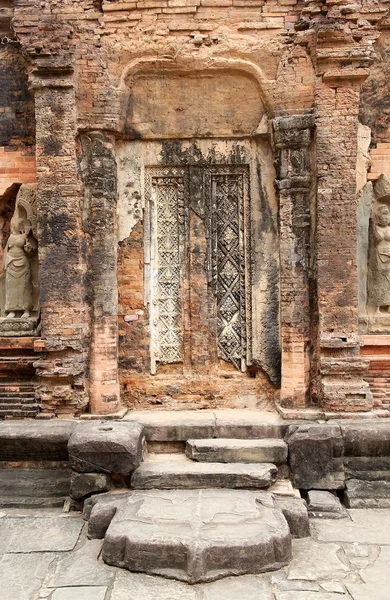
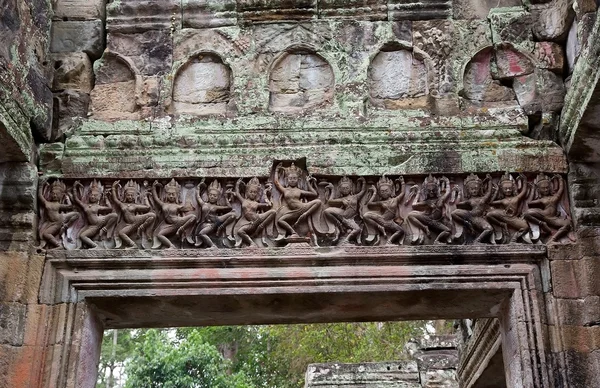

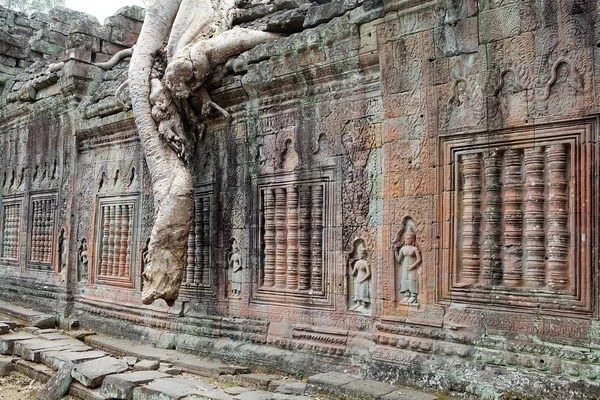
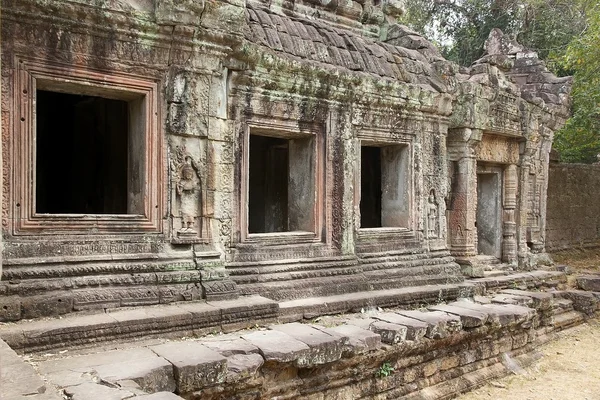
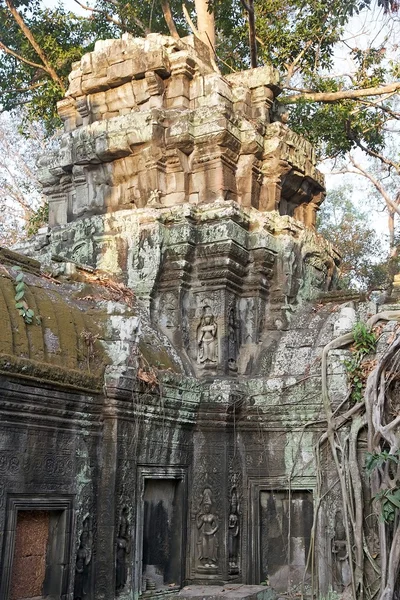

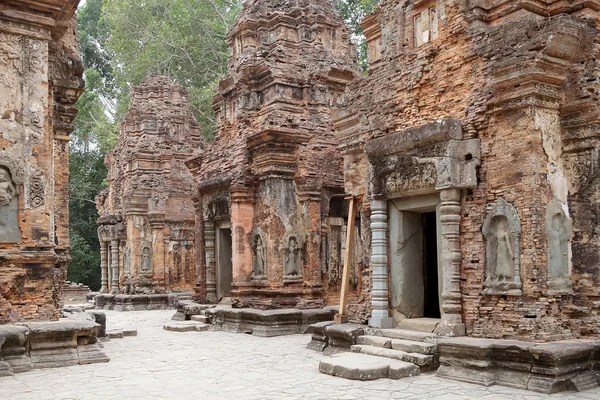
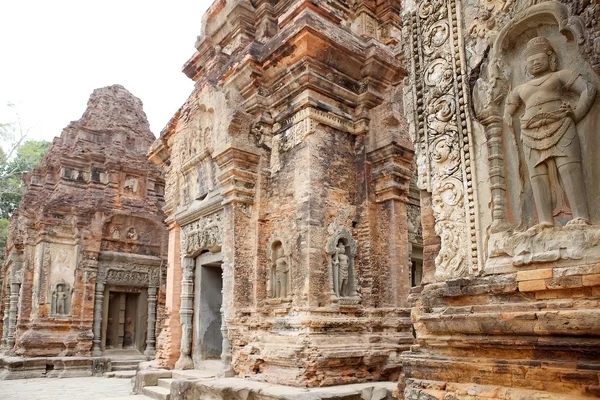
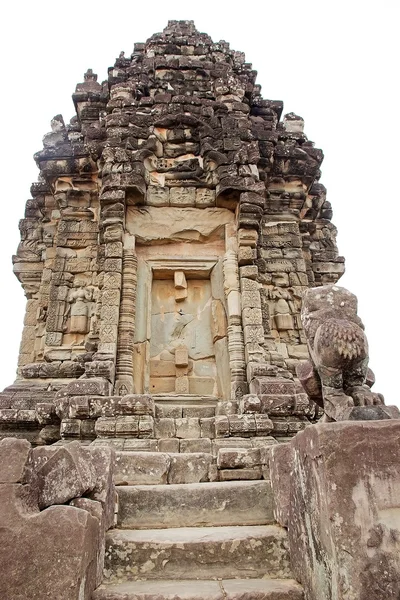
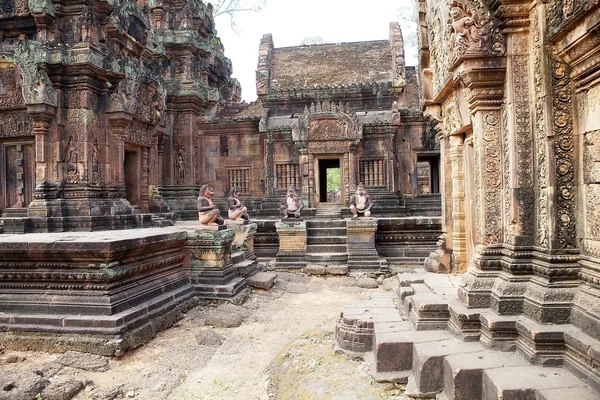
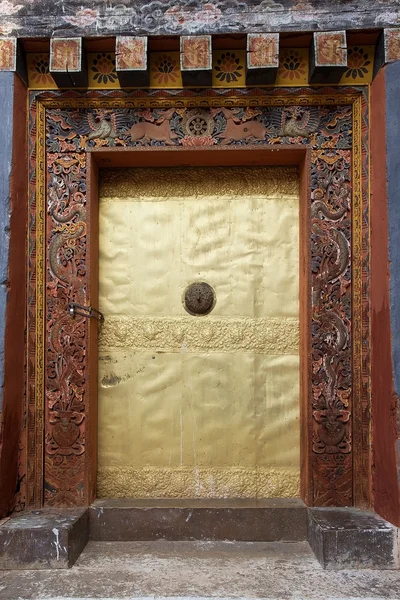
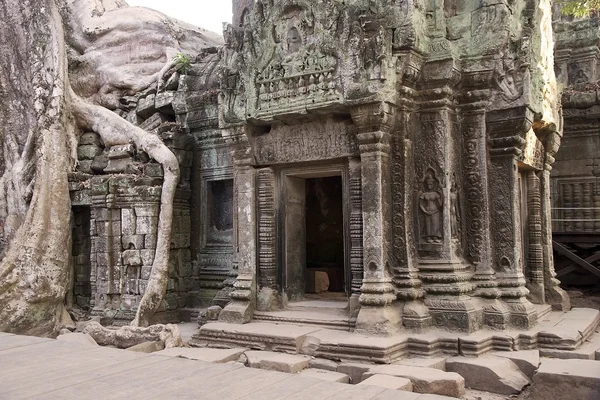
Usage Information
You can use this royalty-free photo "Ta Prohm temple" for personal and commercial purposes according to the Standard or Extended License. The Standard License covers most use cases, including advertising, UI designs, and product packaging, and allows up to 500,000 print copies. The Extended License permits all use cases under the Standard License with unlimited print rights and allows you to use the downloaded stock images for merchandise, product resale, or free distribution.
You can buy this stock photo and download it in high resolution up to 2500x1667. Upload Date: Mar 14, 2015
